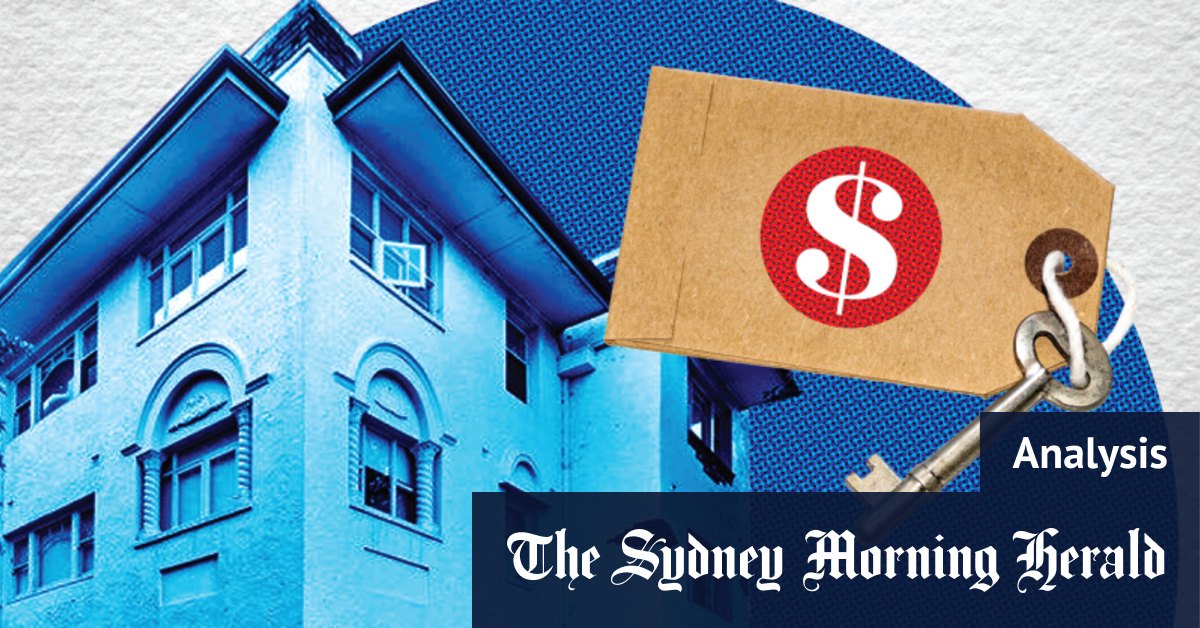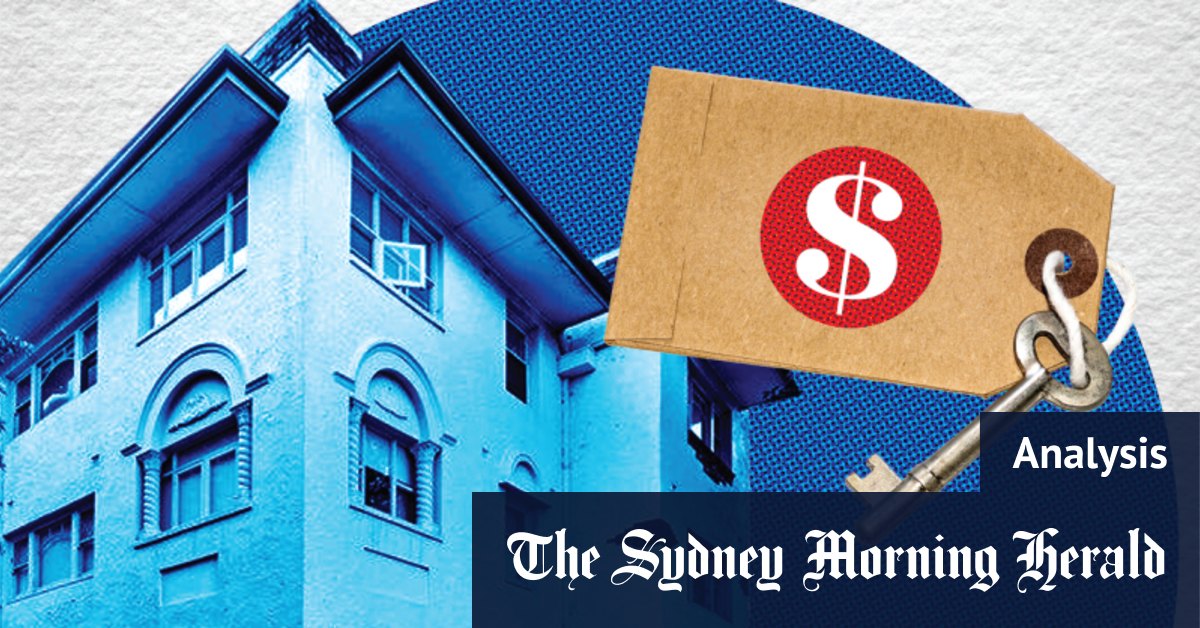
But the premier’s problem is swaying voters suffering a cost of living crisis in the here-and-now. For some Labor insiders, the question remains whether short-term realities will force Minns to change tack; whether the pressure on renters will leave the party’s left flank vulnerable.
Wary of the Green wave
The NSW Greens have long coveted the inner-west electorate of Summer Hill, the ultra-safe seat of Transport Minister Jo Haylen in Labor heartland, bending from Marrickville around to Haberfield. Renters make up nearly 43 per cent of the electorate, the 10th highest share in the state.
Greens housing spokeswoman Jenny Leong believes the seat could be in play by the 2027 NSW election.
“If you look at the demographics of the neighbouring seats – including the types of people who were active Greens members and supporters – they look very much like the people who were fed up with NSW Labor when the community backed the Greens to win Newtown in 2015,” she says of her electorate.
To the southeast of Summer Hill, the neighbouring seat of Heffron – held by Local Government Minister Ron Hoenig – looks promising for the Greens, too: its median age is 32, the youngest in NSW, and the highest number of rental bonds per 100 households.
Leong is sceptical about reforms, though not the concept of building denser housing around transport hubs. She says proposed solutions won’t have “real and meaningful impact on housing affordability or the rental crisis” for people experiencing insecurity today.
She argues the government is using an adversarial planning debate to deflect from the rental reforms promised by Labor before the state election – including no-fault eviction and allowing pets in rentals – which are still to materialise.
The growing interest in renters has not come from sudden political concern, but has been driven by “the fact that there’s a third of the population that has been ignored consistently by the major parties,” Leong believes.
Beyond millennials and gen Zs, Leong says, there is concern for parents whose mid-20s children have had to move home or interstate because they can no longer afford to rent.
An imagined threat?
A senior Labor source, conceding that incursions into seats such as Summer Hill are a “medium-term risk”, also questions whether the renting issue will give the Greens any serious cut-through, arguing it proved unsuccessful at last year’s state election.
“They’re not appealing. They’re not creating the same level of excitement they did 10 years ago among the constituencies they’re targeting in our party. It might not be a message problem for them. It’s a messenger problem,” the source says.
Rental reform was a Labor election promise so had to be delivered. “And so the risk in my view is it becomes a trust and integrity problem if we don’t deliver it. But I’m not sure we are winning votes off it,” the source adds.
In June, Fair Trading Minister Anoulack Chanthivong’s plans to end secret rent bidding were shelved in an embarrassing loss for the government, after a parliamentary inquiry heard the plan would drive up rents. Legislation to end no-fault evictions is still being developed.
Not everyone is convinced the issue won’t cause headaches for the government.
Aware of the threat of the Greens in inner-city seats, Rose Jackson, who holds the portfolios of housing and youth, says a failure to deliver on rental reforms will provide unnecessary ammunition for aggrieved voters.
“It’s a risk and a threat if we don’t do anything,” she says.
Rental reforms
Rental data reveals 10 of the state’s 20 marginal seats have among the highest concentrations of renters. Balmain, Winston Hills, Epping, Oatley, Drummoyne, Ryde, Holsworthy, East Hills, Riverstone and Terrigal are all above the NSW average of rental bonds per 100 households.
But Jackson believes voters are savvy enough to recognise more radical solutions, such as rent freezes or rent control proposals from the political left, are not the answer – despite ostensibly offering a more immediate respite.
“A lot of people get that’s a very heavy short-term intervention that just isn’t going to work in the long term. But we have to do the things that we’ve committed to do and if we don’t, it’s bad for renters; it’s also bad electorally, for Labor,” she says.
Reinforcing Jackson’s view, Samaras says renters recognise the effects on the market if rents are capped. “So although they will support the policy, they think in the real world, it won’t work out to their benefit. So they get quite nervous about rent freezes, and that’s the problem the Greens have,” he says.
Premier Chris Minns has repeatedly ruled out the prospect of rental caps in NSW, saying these will only serve to distort the market, driving rental supply off the market and exacerbating a problem the policy seeks to solve.
But a Labor backbencher anticipates the government will adopt ACT-style rental caps. Legislation introduced by the territory’s Labor-Greens government in 2019 requires property owners to seek regulatory approval for rent hikes by more than 10 per cent of the change in the Canberra-specific Consumer Price Index (CPI).
The policy hasn’t markedly slowed down rent inflation, but housing experts say it has limited the ability for unscrupulous landlords to take advantage of limited supply by hitting tenants with massive, unjustified rental increases.
Sydney independent MP Alex Greenwich, whose electorate has nearly 60 per cent renters, agrees more needs to be done to help tenants, arguing rental caps and ending no-fault evictions would have the “biggest impact”.
“Young people know apartments being built in three to five years won’t do anything for them, having to decide whether to live an hour away from work, cut down on their grocery bill or sell their car – the issues they face every day,” he says.
“There’s not the political will for a rent freeze or a hard rent cap. But we could adopt a model similar to the ACT where we put the onus on the property owner to justify the rental increase.”
Most voters are unlikely to see any tangible benefit of Minns’ reforms before the 2027 election, yet Samaras believes Labor is best placed of the three main parties to win the votes of renters.
The Greens have the advantage of moving first on the rental issue, he says, as simply showing the party cares about the plight of renters resonates with that cohort. The party’s problem is that its pitch is restricted to the inner west.
Samaras argues the Liberal Party has a mountain to climb to appeal to the renter cohort, after “spending 10 years ignoring the problem. “They’ve got the biggest challenge to convince these voters that they are serious about actually giving political representation to renters,” he says.
Read More: World News | Entertainment News | Celeb News
SMH








